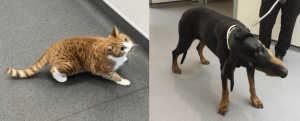vestibular disease in cats uk
Congenital which affects Burmese and Siamese cats affected cats may also be deaf. Vestibular syndrome in cats is a set of clinical symptoms that can arise suddenly caused by alterations to the vestibular system.
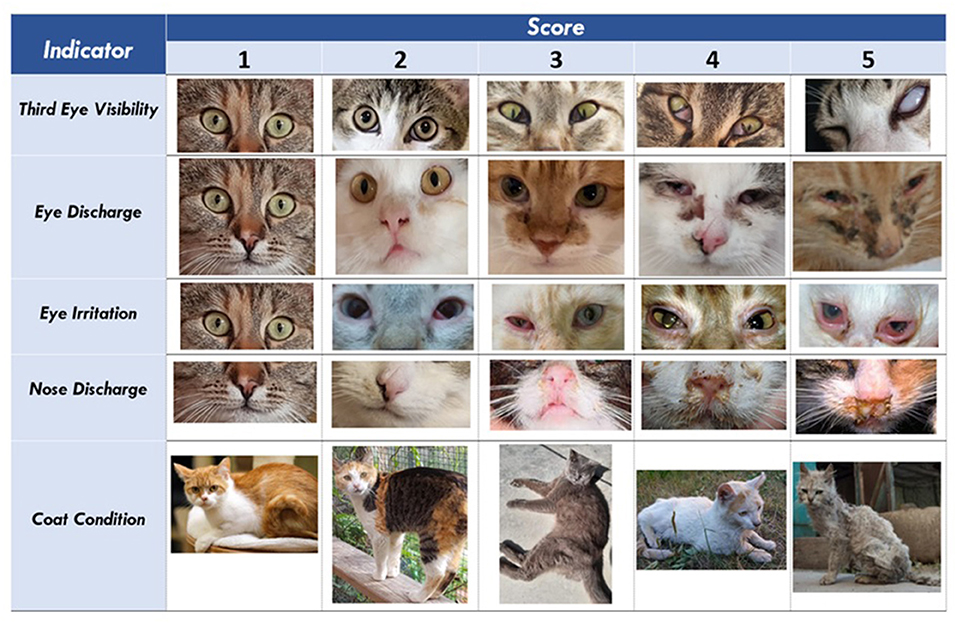
Frontiers Changes In Health Indicators Of Welfare In Group Housed Shelter Cats Veterinary Science
Feline vestibular syndrome itself is.
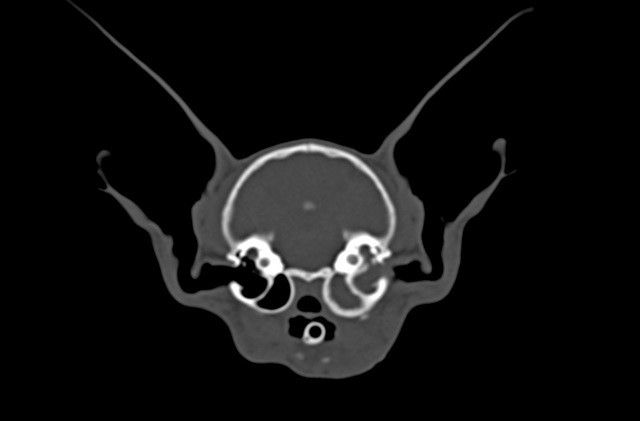
. Vestibular Disease in Cats. There are several studies investigating how to differentiate between peripheral and central vestibular disease but only limited information regarding the possible underlying causes for peripheral vestibular. When there is inflammation of the labyrinth the cat suffers from vestibular disease.
Vestibular disease in cats in most all cases has no actual known cause which is what makes it so mysterious. These clinical signs usually appear suddenly often in less than an hour. Vestibular disease in cats is a condition in which a cat suddenly develops incoordination falling or circling to one side involuntary darting of the eyes back and forth nystagmus a head tilt and often nausea or vomiting.
Most people think their pet has had a stroke but in fact a problem with the vestibular apparatus is to blame. The vestibular system or apparatus as it is also known is responsible for maintaining balance posture and. And some cats are more than just a little dizzythey cannot even stand.
If your cat has any of these symptoms disorientation a head tilt loss of balance frequent falls abnormal eye movement dizziness nausea diarrhea and lack of coordination then get help. The vestibular system controls balance in your cat. Lysis of the tympanic bulla petrous temporal bone and calvaria with soft-tissue.
That is quite a worry for an unprepared owner. What Causes Vestibular Disease. Ataxia fallingrolling leaning to one side head tilt unilateral or wide excursion of the head from side to side bilateral circling nystagmus.
In two cats Cryptococcus neoformans var neoformans was isolated from the tympanic bulla. A cats vestibular system is the complex arrangement of nerves and other components that governs its sense of balance and coordinate the movement of its head and eyes. The cat may lean against the wall for support or crouch low to the ground.
The causes of vestibular disease in cats include but are not limited to. Loss of balance or wobbly legs. Although the tilt is concerning it by itself is not dangerous and most cats will adjust to it over.
In about fifty percent of the cases it will resolve itself over a period of a couple of weeks. In one study subclinical middle ear disease is relatively frequent in cats undergoing CT imaging of the head thus interpret in light of clinical picture. The most common clinical signs of vestibular disease include circling or falling to one side a pronounced head tilt and rapid and involuntary oscillating movement of the eyeballs.
The cat being unable to orientate himself has problems with balance wobbles falls over and has trouble righting himself. The symptoms of vestibular disease are usually sudden. Disturbance of the central or peripheral vestibular system.
In this article we will discuss the peripheral form which with treatment generally carries a good prognosis and is much more common than central vestibular disease which attacks the central nervous system and brain. Vestibular disease is a condition in which a cat suddenly develops incoordination falling or circling to one side involuntary darting of the eyes back and forth called nystagmus a head tilt and often nausea or vomiting. There are two types of vestibular disease.
Cats may sometimes suddenly lose their ability to orient themselves and become somewhat tipsy. Cats affected by vestibular disease tend fall to one side tilt their heads and experience unintentional eye movement. This often develops from otitis externa inflammation or infection of the outer ear.
Though vestibular disease in cats can be alarming and have you fearing for your feline friends life in most cases its completely harmless. Otitis interna inflammation of the inner ear due to infection is the most common cause of vestibular disease in cats. The vestibular apparatus is the neurological equipment responsible for perceiving ones bodys orientation relative to the earth determining if.
In the remaining cat otitis mediainterna was considered to be secondary to occlusion of the auditory tube by a nasopharyngeal granuloma. Vestibular disease is one of the most common neurological presentations in veterinary neurology and can be one of the most challenging. This can result in among other things imbalance and loss of motor skills.
Vestibular disease is a disease that can affect cats of all ages. All too often older cats are affected due to their vestibular systems being comprised in one of the three canals that make up their inner ear. Bacterial and fungal infection Inflammatory diseases Tumors Nasopharyngeal polyps Cancer Head trauma Allergic reactions to medication.
The inflammation is called labyrinthitis. Vestibular disease in cats is a condition in which a cat suddenly develops incoordination falling or circling to one side involuntary darting of the eyes back and forth nystagmus a head tilt and often nausea or vomiting. It can be worth bearing this in mind should you decide to adopt one of those cats.
Conditions affecting the ear include deep ear infections otitis ear tumours or polyps damage to the skull such as caused by a road traffic accident or a bad fall. Vestibular syndrome in dogs and cats can be caused by a disease affecting any part of the system sensors within the ear the nerve connecting the ear and brain or the control centre in the brain. The onset of vestibular disease can be quite sudden.
Feline vestibular disease originates in a cats peripheral vestibular system which is located in the inner ear or a problem in the brain stem central vestibular system. Certain breeds such as Siamese and Burmese are prone to a form of vestibular disease which is often inherited. For idiopathic feline vestibular disease diagnosis requiring exclusion of other causes by MR CT and a normal cerebrospinal fluid CSF analysis.
In the other fifty percent it may leave your cat with a permanent head tilt. It usually happens without. Peripheral vestibular disease referable to otitis mediainterna was the main reason for presentation in three cats with cryptococcosis.
We term this feline vestibular syndrome or idiopathic vestibular disease. The vestibular system is comprised of a receptor located close to the middle ear a short nerve and the lower stem of the brain. The main cause of the condition is typically due an infection or problem with one of a cats ears.
May be secondary or idiopathic. In cats this disease is idiopathic meaning its cause is not known. Reported as the most common cause of peripheral vestibular disease in both dogs and cats Garosi et al 2001 otitis media is more common than previously thought and occurs in more than 50 per cent of chronic otitis externa cases Gotthelf 2004.

Feline Geriatric Vestibular Syndrome Lovetoknow
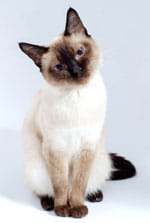
Feline Vestibular Disease Vca Animal Hospitals
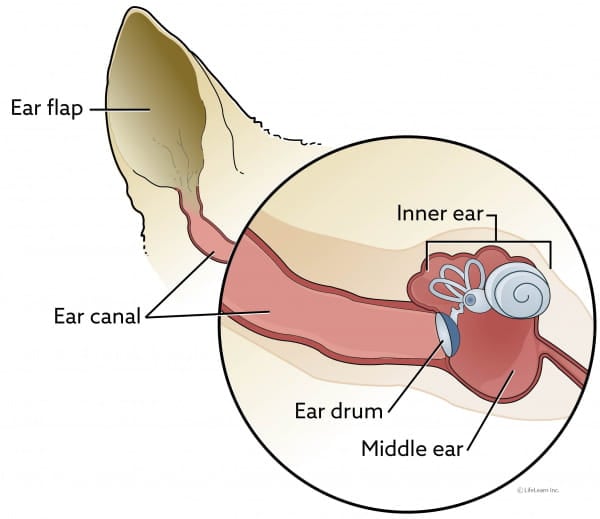
Feline Vestibular Disease Vca Animal Hospitals

Home Jonathan Wood Veterinary Surgeons

Vestibular Disease Fitzpatrick Referrals
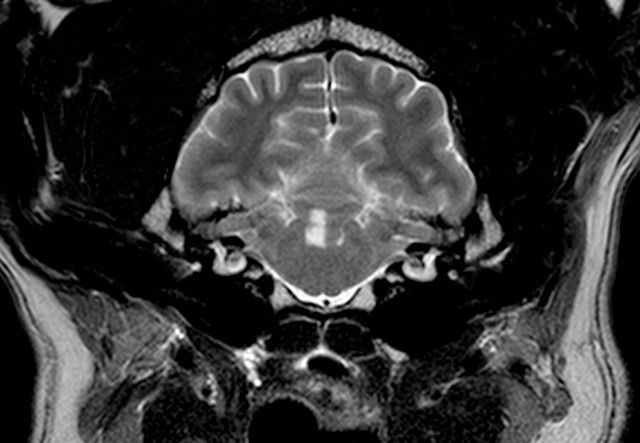
Vestibular Disease Fitzpatrick Referrals

Guidelines On How To Treat Feline Vestibular Syndrome

Home Jonathan Wood Veterinary Surgeons
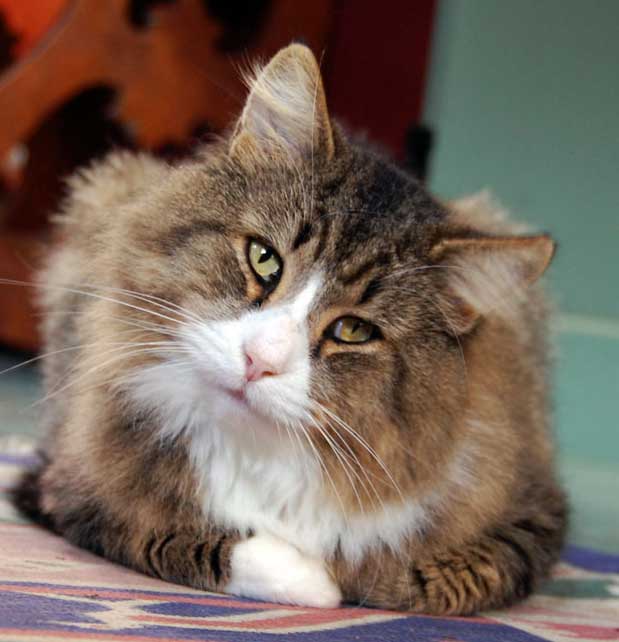
Vestibular Disease Causing Ataxia In Cats Misdiagnosed By Vets Poc

Home Jonathan Wood Veterinary Surgeons

Covid 19 Information Center Vin

Siamese Cats And Vestibular Disease Pets4homes

Feline Vestibular Disorder Poc
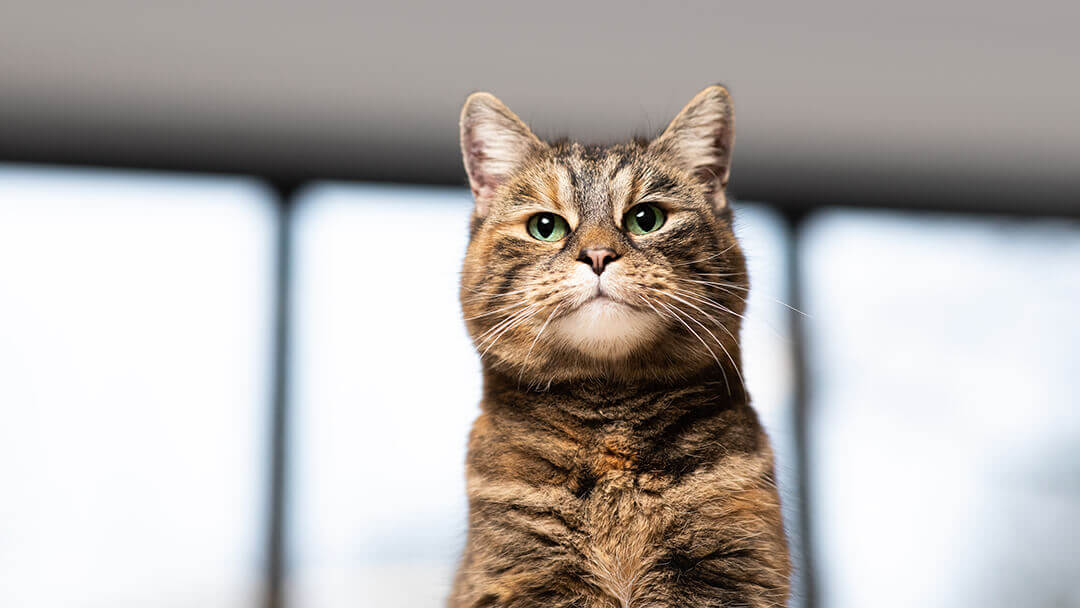
Cat Stroke Causes Symptoms Treatment Purina
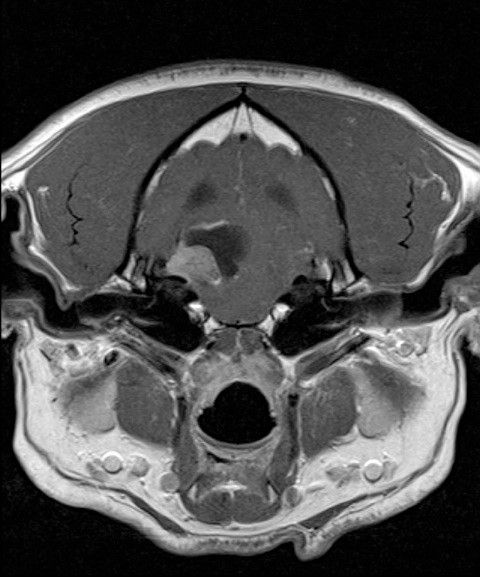
Vestibular Disease Fitzpatrick Referrals
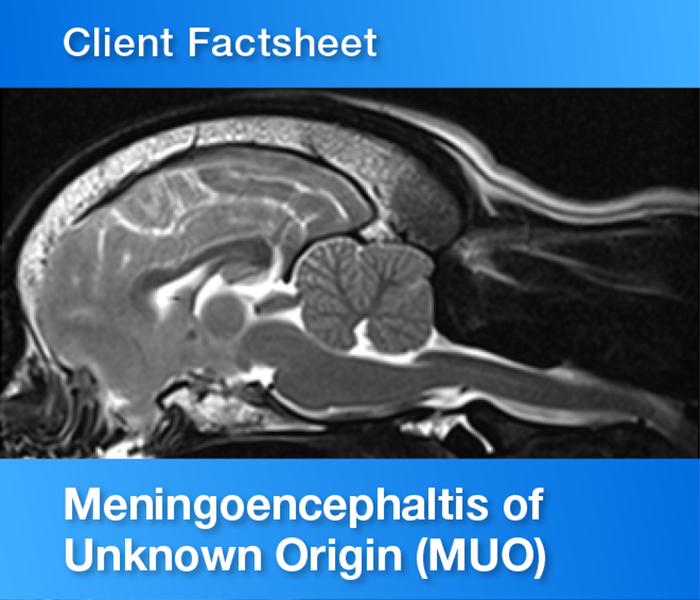
Vestibular Syndrome Factsheet Vet Oracle
/Catbed-GettyImages-1309831690-5fb5d9d4bfba4ac5a61788af943a69b2.jpeg)
How To Treat Vestibular Disease In Cats

